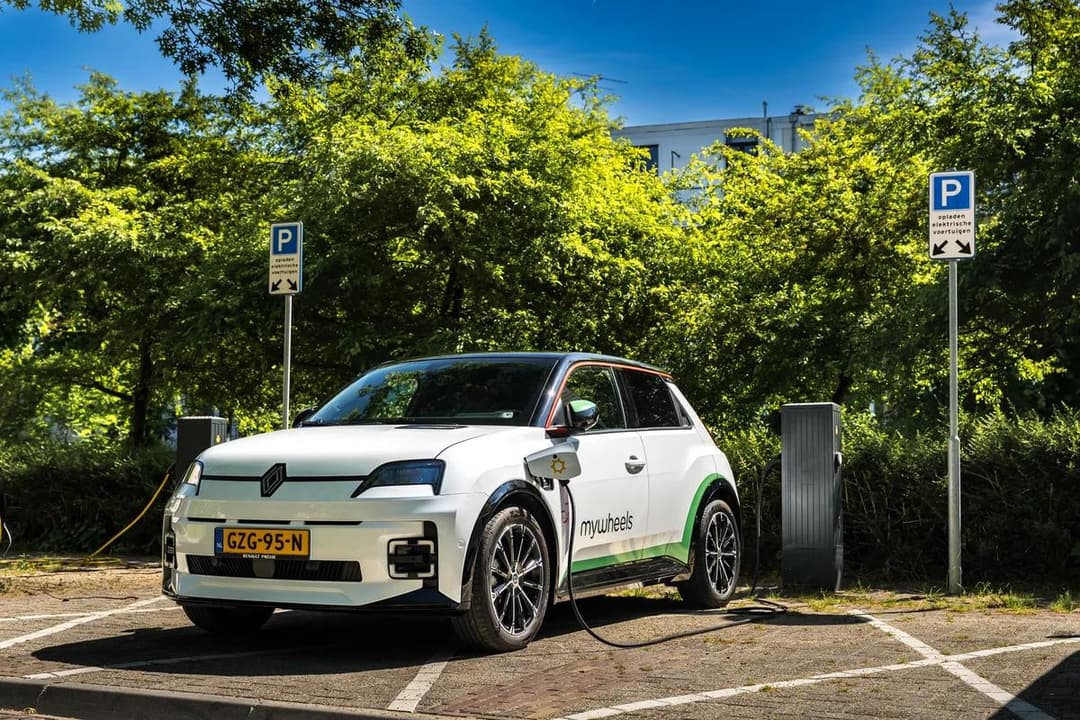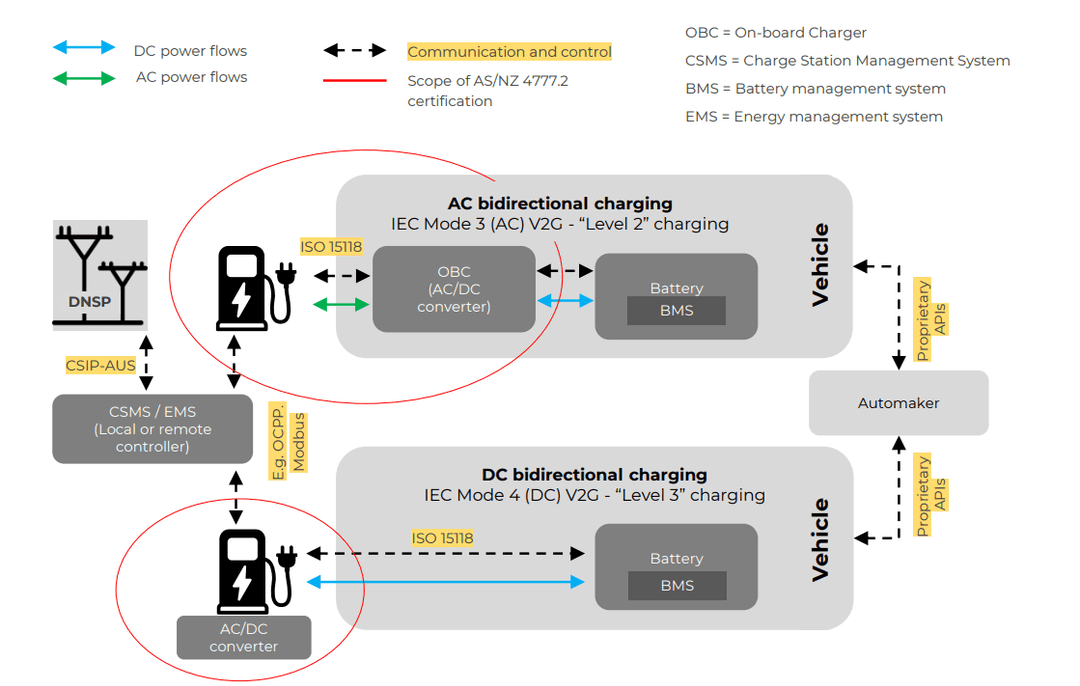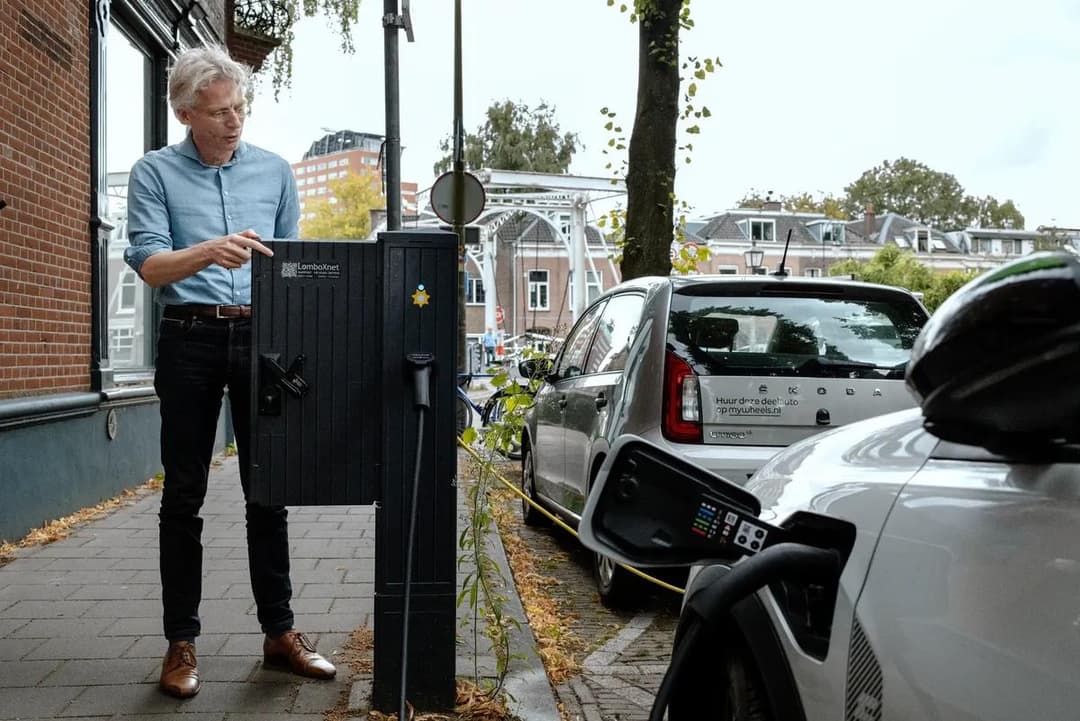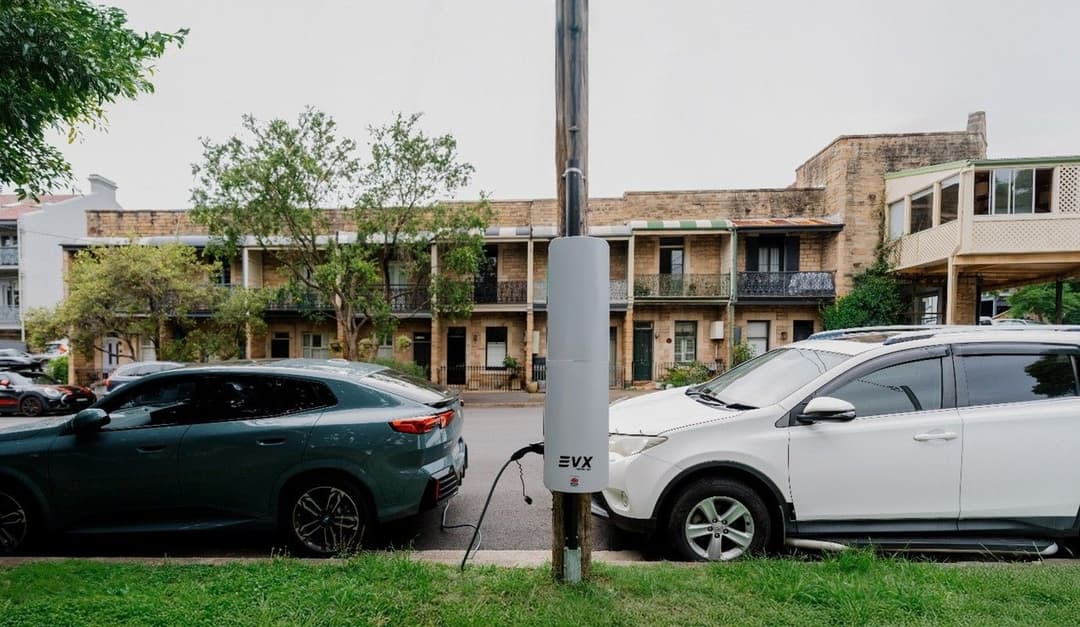
A low-cost V2G solution currently being piloted by Dutch company We Drive Solar is one step closer to launching in Australia. Net Zero Engineering Solutions (NZES), founded by Portia Rooney , received a grant to adapt Europe's vehicle-to-grid model for the Australian market.
The project, currently being trialled in the city of Utrecth, is pioneering AC vehicle-to-grid (V2G) technology . It uses a fleet of 500 shared Renault 5 electric cars to send power back to the grid, helping to balance local solar and wind energy.
➡️MORE: What is Bidirectional Charging?
Why AC V2G is a Big Deal
AC V2X should be much cheaper than DC. It uses the on-board charger/inverter already inside electric vehicles instead of a separate external charger. By way of example a DC V2G charger will cost between $5000 to $10,000 plus installation, whereas an AC V2G charger would likely cost below $1500. There are however technical and regulatory hurdles that will need to be overcome.

The current Australian standard, AS4777.2, wasn't designed for a mobile inverter like one in an electric car. NZES is working to solve these issues. This could unlock cost savings and help more people adopt the technology.
Learning from a Success Story in Utrecht
Utrecht launched a large-scale V2G car sharing service in April 2025. It uses 500 Renault 5 electric vehicles and We Drive Solar's AC bidirectional chargers. The fleet helps balance the local grid, which gets a lot of its power from solar. The trial is part of a broader plan to deploy up to 10,000 public chargers to provide peak demand support to the highly congested Utrecht grid, one of the most congested in the world.
We Drive Solar has already solved some key technical problems. NZES wants to apply the lessons from Utrecht project to Australia's technical and regulatory environment.
➡️MORE: Bidirectional V2H and V2G EV Chargers Guide

Bringing the Technology to Australia
NZES is working to bring We Drive Solar's AC charge point and the Renault 5 to Australia. The new funding helps speed up the process. It should make this technology available sooner for drivers and companies.
The Renault 5 still needs approval for Australian grid codes. The AS4777.2 standard might also need changes to support AC V2G.
The project aims to get more EV manufacturers to offer AC V2G in Australia. It will also identify gaps in the current AS4777.2 standard. The team hopes to use Australia's potential hosting of COP31 to speed up V2G deployment.
➡️MORE: When is V2G Really Coming to Australia?
Strong Industry Support
NZES founder Portia Rooney has support from major companies like Origin, AGL, Essential Energy and EnergyAustralia. This support is for making V2G accessible for the many Australians who commute or can't park off the street.
Australia can learn from Utrecht's approach, where grid codes were changed to support AC V2G. This could unlock affordable and scalable bidirectional charging for private owners and car-sharing services.

zecar's take
This is a positive development for V2G in Australia, we need to explore different technologies and business models to identify the most suitable for the nuances of the Australian market.
Scaling AC V2G technology beyond the trial phase however will be challenging. As a small market in the early stages of EV adoption, getting car makers to comply with Australia's unique grid code will be difficult. It is also doubtful that electricity networks will provide permanent exemptions beyond trials. Making this work will require several years of collaboration across the industry.
DC V2G will probably be the main solution for the next five years. The cost of DC systems should also drop in a few years, some industry experts believe as low as $2000, making the case for AC V2G even harder to justify.
About the author
Stay up to date with the latest EV news
- Get the latest news and update
- New EV model releases
- Get money savings-deal

